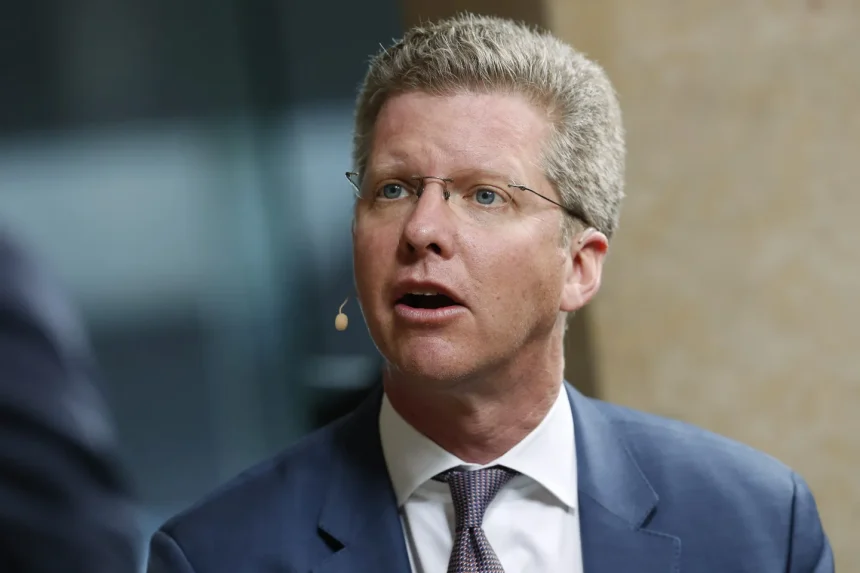During the pandemic-fueled housing boom, home prices and rents skyrocketed, followed by a sharp increase in mortgage rates.
As mortgage rates surged from historic lows, home sales plummeted, exacerbating the housing shortage caused by the country being underbuilt by millions of homes.
Although the housing market has since cooled, with home prices stabilizing, mortgage rates dropping from their peak, rents flatlining, and inventory increasing, the situation remains markedly different from pre-pandemic conditions.

“We’re just coming through the worst housing affordability crisis we’ve ever seen in this country,” said Shaun Donovan, former U.S. Secretary of Housing and Urban Development and chief executive of housing nonprofit Enterprise Community Partners, in a CNBC interview on Tuesday. “We had 18% year-over-year increases in rents and unprecedented rises in home prices. While there is some leveling off, it’s at a level far beyond what people can afford.”
Related Posts:
- Strategic Issues in US Housing as Donald Trump…
- Housing Market Forecast: 4 Expert Predictions for 2024
- 16 U.S. Cities Poised for Home Price Surges as…
- Canada relaxes some mortgage rules to tackle housing crisis
- President Biden Aims to Tackle Housing Affordability…
- Iraq Accelerates Mortgage Lending, Cuts Interest…
READ ALSO: JP listings disrupts UK real estate industry amidst housing affordability crisis
Donovan emphasized the urgency of addressing the housing shortage, which he estimates at between 5 and 7 million homes. “This isn’t just going to turn around by itself. We have too little housing in this country, and we’ve got to build more,” he stated.
The housing crisis is a significant driver of inflation, as repeatedly highlighted by urban economists, housing policy analysts, and real estate executives. However, local governments and neighborhoods hold considerable power over development, complicating efforts to build more homes. Despite these challenges, Donovan noted that the recent unaffordability has spurred discussions among mayors, governors, and lawmakers.
“The primary thing driving inflation today is housing prices. So we’ve got to do more on the housing front to bring inflation down,” Donovan explained. Although the housing market has somewhat calmed, he stressed that the current affordability crisis remains unprecedented.
READ ALSO: Canada Extends Ban on Ownership of Housing Amid Affordability Crisis for foreigners
A recent report from Harvard University’s Joint Center for Housing Studies found that almost one in four homeowners were “stretched worryingly thin,” and half of all renter households were cost-burdened, spending more than 30% of their income on housing as of 2022. The median rent for all property types is $2,150, according to Zillow, while the median existing home sales price in May reached a record $419,300. Currently, the average 30-year fixed daily mortgage rate stands at 7.08%, with the weekly rate at 6.95%.
Zillow’s monthly housing report for May noted that home values are 45% higher than pre-pandemic levels, and the typical mortgage payment has more than doubled, increasing by 115%. Andy Walden, vice president of enterprise research strategy at ICE Mortgage Technology, suggested that most baseline forecasts do not predict a decline in national home prices. “Expect a more neutral housing market for a couple of years to help this kind of rebalance,” he said, although pandemic boomtowns like Austin have seen significant price declines.
Projections vary: Zillow expects home prices to fall by 1.2% between May this year and next, Moody’s anticipates a 0.4% rise, and Fannie Mae predicts a 1.5% increase by the end of next year. The coming months will reveal which forecast is most accurate.
4o



